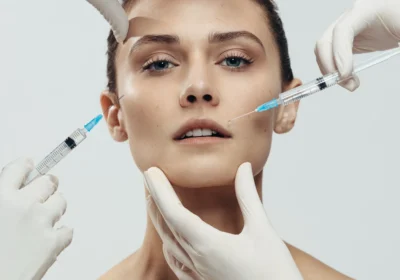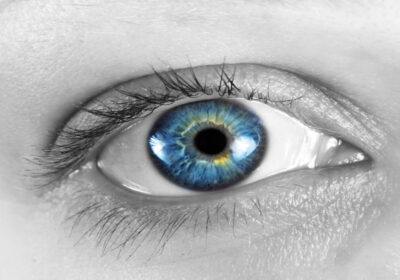
How many different things can be treated with Botox?
Botox is known for eliminating wrinkles and slowing down the effects of aging. However, it has a wide range of uses that go beyond cosmetics and can improve your quality of life. Beyond physical augmentation, Botox can help with a variety of conditions, including headaches, excessive sweating, and severe neck spasms. More uses for Botox are being identified as research is finished.
Here’s a rundown of the numerous conditions that can be treated with Botox:
· Crossed-eyes
It may seem surprising that Botox can help correct strabismus (crossed eyes). During the operation, ocular drops are used to numb the eye. A tiny amount of Botox is then injected straight into your eye with a needle to temporarily fix crossed eyes. Results would become apparent in only 24-28 hours. If the Botox therapy is continued, the alignment may sometimes improve permanently.
· Face-lift
Aging causes wrinkles and creases on the face. You could be thinking about how to look younger. Although cosmetic surgery, such as a face-lift, can be an option, it can also be an intrusive treatment with a lengthy recovery period. On the other hand, when Botox is injected into the muscles of your face that generate wrinkles, it can be used as a temporary face-lift. Botox treatments minimize the appearance of fine wrinkles and stop them from advancing in severity.
· Excess sweat
Similar to how Botox blocks signals to your muscles, it also blocks signals going from your nerves to your sweat glands. In turn, the gland doesn’t create perspiration if it doesn’t get the signal. By injecting patients’ underarms or palms with Botox, doctors can cure hyperhidrosis (excessive sweating that has a medical diagnosis). For up to six months, excessive sweating can be reduced by Botox injections. Botox may be an option for people with excessive sweating who have tried prescription antiperspirants without results.
· Neck spasms
Botox can relieve severe neck discomfort and muscular spasms because it works to relax the muscles that are injected. Depending on the problem and its severity, Botox treatment can reduce neck pain for three to six months when combined with physical therapy. Oral medications are another option for treating neck discomfort and spasms. These drugs frequently have side effects like drowsiness, exhaustion, and dizziness; none of these are present with Botox treatments.
There you have it! Botox can do more than temporary cosmetic changes. Botox can also help treat chronic migraines and overactive bladder; do well to consult a medical expert to explore all options.


















